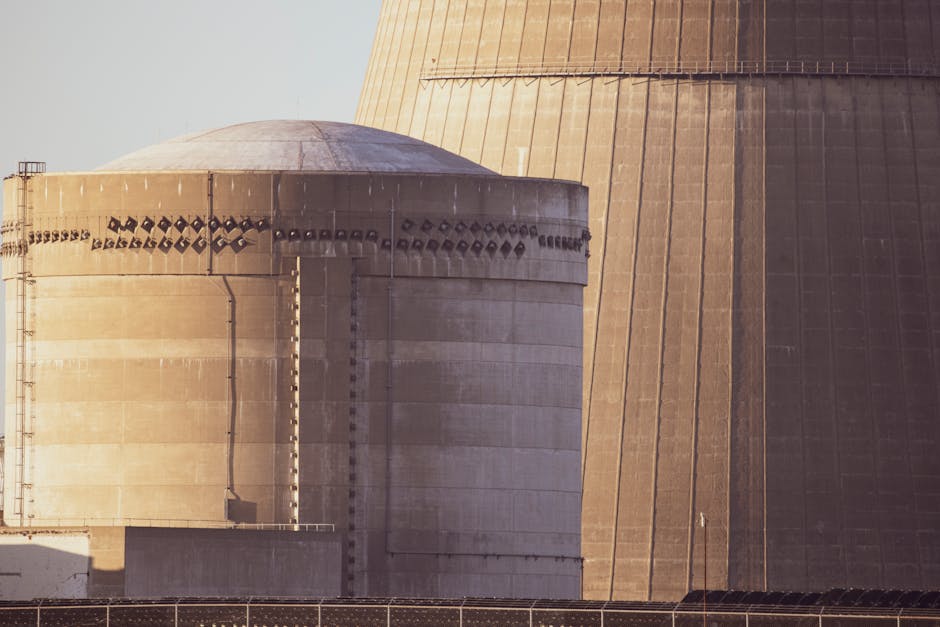A Shadow Over Europe: The Question of Nuclear Safety
The ghost of Chernobyl looms large over Eastern Europe, a haunting reminder of what happens when nuclear power goes catastrophically wrong. For decades, the world has operated on the solemn understanding that nuclear facilities are sacrosanct, off-limits even in the fiercest of conflicts. Yet, in the heart of the Ukraine war, this fundamental rule is being tested to its breaking point. The question that hangs heavy in the air, from the corridors of the UN to strategic circles worldwide, is a chilling one: Is Russia’s Putin gambling with the safety of Ukraine’s nuclear stations?
Zaporizhzhia: From Power Plant to Fortress
All eyes are on the Zaporizhzhia Nuclear Power Plant (ZNPP), Europe’s largest. Since its seizure by Russian forces in the early days of the war, the facility has transformed from a beacon of energy independence into a frontline fortress. Reports from the International Atomic Energy Agency (IAEA) paint a grim picture: military equipment stored in turbine halls, staff operating under extreme duress, and the plant itself caught in the crossfire of shelling and drone attacks.
The militarisation of a nuclear site is not an accidental escalation; it is a deliberate strategic choice. For Moscow, the ZNPP serves as a formidable “nuclear shield.” By embedding troops and equipment within its perimeter, Russia effectively dares the Ukrainian army to risk firing on the facility, knowing that any resulting disaster, regardless of who is at fault, would be a global catastrophe. It is the ultimate form of brinkmanship—a terrifying gambit where the collateral is not just a city or a region, but potentially a continent.
The True Danger: A Meltdown by a Thousand Cuts
The Kremlin has consistently blamed Ukraine for any attacks near the plant, framing Kyiv as a reckless aggressor. However, international observers, including IAEA chief Rafael Grossi, have repeatedly warned that the situation is “extremely fragile” and that all parties are “playing with fire.”
The primary danger lies not necessarily in a direct hit on the reactors, which are housed in robust containment domes, but in the disruption of the external power lines. These power lines are essential for cooling the reactor cores and spent fuel pools. A prolonged power outage, with backup generators failing or running out of fuel, could lead to a meltdown, unleashing a radioactive plume that would respect no borders. This strategy of nuclear blackmail was evident from the outset, with the initial Russian seizure of the defunct Chernobyl site and the digging of trenches in its highly radioactive soil, demonstrating a shocking disregard for nuclear safety protocols.
Global Shockwaves and International Concern
From an Indian perspective, which has always championed nuclear energy for peaceful purposes and advocated for stringent global safety norms, this development is deeply troubling. The shockwaves of a nuclear incident in Ukraine would not be contained to Europe. They would trigger global panic, disrupt supply chains, and send energy and food prices spiralling, impacting economies thousands of miles away. This weaponization of a civilian nuclear facility undermines the entire international framework for nuclear safety that countries have painstakingly built over decades.
A Gamble with No Winners
So, is President Putin gambling? The evidence suggests an emphatic yes. It is a calculated wager that the West’s fear of a nuclear disaster will outweigh its resolve to support Ukraine’s military efforts to reclaim its territory. He is betting that the world will blink first.
But in a game with a nuclear power plant, the stakes are unthinkably high. There is no room for miscalculation and no margin for error. The line between a strategic masterstroke and a world-altering catastrophe is terrifyingly thin. For the millions living in the shadow of Zaporizhzhia and beyond, the hope is that this gamble doesn’t end with the house, and the world with it, losing everything.




